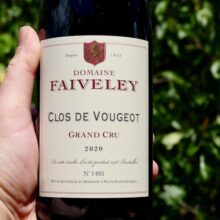
Product information
Domaine Faiveley Clos De Vougeot Grand Cru 2022
$813
Description
The 2022 Clos de Vougeot Grand Cru is deep and chunky, offering up aromas of burning embers, dark berries, orange zest, violets and spices. Full-bodied, layered and muscular, with a blocky core of fruit and tannin despite very gentle extraction, it will reward a bit of patience.
William Kelley, The Wine Advocate 92-94 AM 92-95 JM 92-95
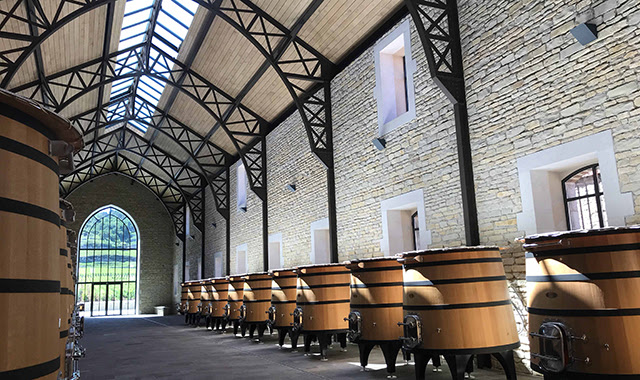








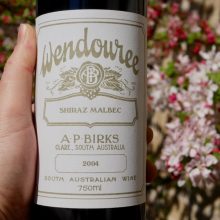
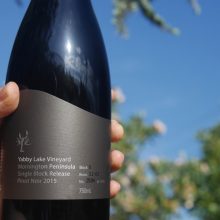
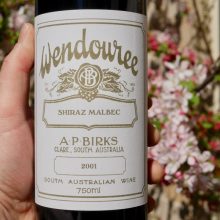
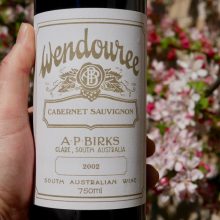
You must be logged in to post a comment.